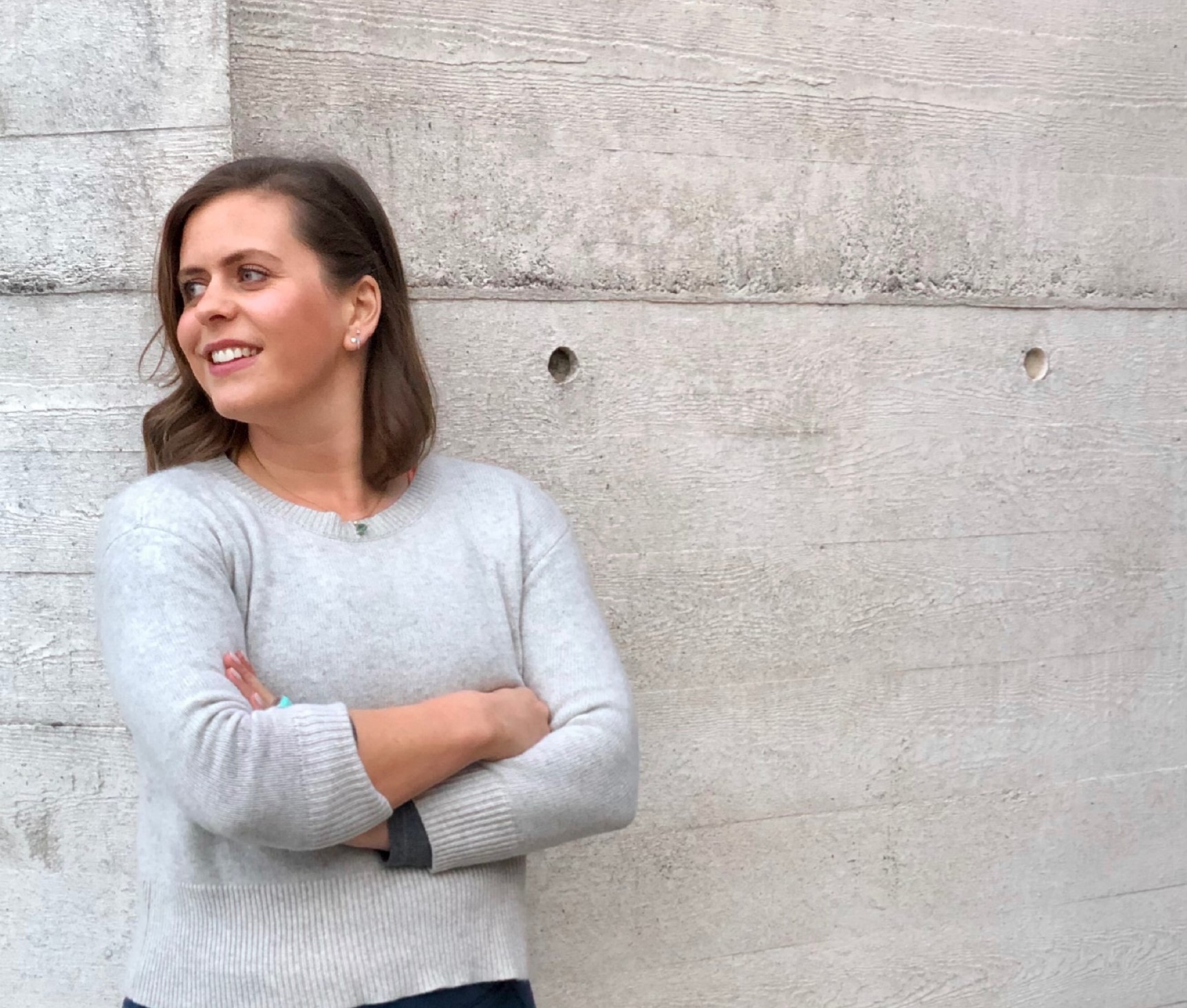Let's rethink the term 'bounce back'.
- Rosie Cardale

- Apr 1, 2021
- 3 min read
Have you heard of this phrase ‘bounce back’ in terms of how you recover after having a baby?
It has been playing on my mind recently and I have been trying to figure out what emotion it makes me feel.
Fundamentally it brings about a feeling of sadness within me. I feel a huge sadness for all the new Mums that feel that pressure in needing to ‘get back’ to something after a completely life changing event. Why on earth is the goal after having a baby to try to look like we haven’t had a baby as quickly as possible??
From a medical point of view I feel its important to state that it is completely unrealistic. When we go through 9 months of growing a baby and then giving birth to them, our tissues have understandably changed and adapted over this time. They therefore need a period of optimal healing to help allow them to do exactly that, heal.
It takes tissues that have been changed through pregnancy or child birth at least six weeks (often more depending on the type of birth) to go through a full healing process. This is the body's natural timeframe that is required to start the basic repair to their structure and start improving something called tensile strength. I say basic, because healing most certainly does not stop after 6 weeks. Structures still need another 6-24 weeks on top of this at the minimum to iron out some of the final stages of their healing cycle. Activity and exercise can certainly be done within this time to help optimise this healing process but if it's at too high a level for your structures it can occasionally slow this process down as it causes unnecessary stress to structures that don't need this stress.
So what can you do within these time frames to help optimise healing? Within the first 6 weeks you want to apply the 3 R's: rest, recover and respect your body for what it has done. There is a lot you can do within the first few weeks to optimise your healing, help you to get to know your postnatal body and stay within the recommended low intensity/low load postnatal guidance. The most important thing that you can do in this part of your postnatal journey is be kind to yourself, rest and recover and get to understand and use your core cylinder again. It is also really important to note that there is no pressure to return to exercise too. Looking after yourself and your new baby is the number one priority and rushing back to exercise might not work for you right now. This is something I go through in a lot more detail in 'The complete postnatal return to running course'.
Only after this period of healing should we then begin to load these structures to bring about change, or an improvement in strength. This part of postnatal recovery is often the hardest. It is generally where I see women starting to return to training too early or testing their limits when they would benefit from holding off for a few weeks. The difficulty here is that you might feel like you could start getting back into exercise, running or high impact sport as you ‘feel fine’, however we know from the research that this is still too early. Try not to feel limited though, there is still a lot that you can do to help you start your running journey that will help serve you in the long term.
Throughout your journey, checking in with a pelvic health physiotherapist be it face to face or virtually can help take the guess work out of your postnatal recovery and allow you to focus on what you can do.
I hope this helps you to feel less pressure to 'bounce back' and highlights the importance of a slow and gradual return to sports and exercise after having a baby. I often say to women that it's great to have goals, as how else do we stay motivated, but try not to put time frames on them in this period of your life and enjoy the full process in getting back to these goals, not just the end result.
For more information on getting back to running after having a baby, my 'The complete postnatal return to running course' really helps with educating you on what your return to running journey might look like.




Comments